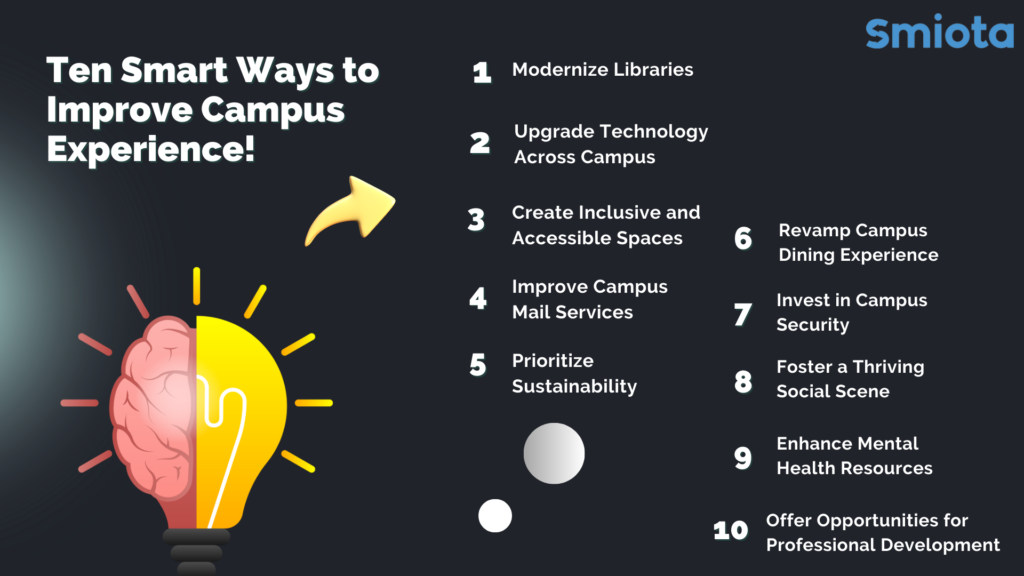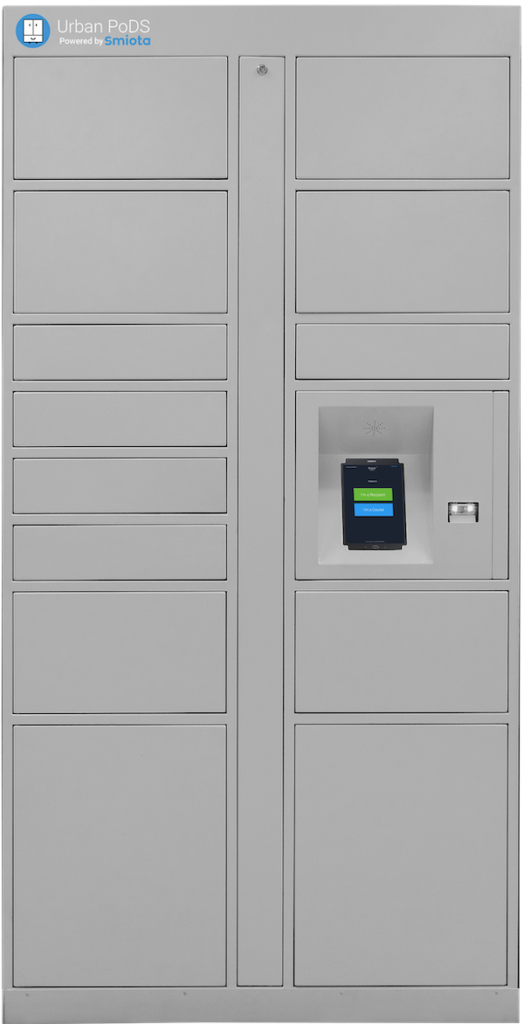The essence of a truly remarkable college campus, which goes beyond mere academic rigor to become a nurturing ground for innovation, collaboration, and personal development, is one where every corner, building, and service is tailored to enrich students’ lives. It is this environment that we call a good campus.
But what exactly constitutes a ‘good’ campus? It’s an environment that seamlessly integrates state-of-the-art classrooms, laboratories, and libraries with spaces for relaxation, social interaction, and creative expression. It includes comprehensive services that cater to all aspects of student life, from health and wellness to cultural and recreational activities. A good campus is adaptive, reflecting today’s digital-first world through technological advancements like smart classrooms and online learning platforms, ensuring students are equipped to thrive in the modern world.
Today’s learners seek more than just education; they desire a holistic experience that prepares them for life beyond college. This necessitates an ongoing commitment to enhancing campus facilities, services, and culture. Before we list ten ideas for improvement, we will examine some of the challenges students face, especially in a technology-driven world.
Challenges Students Face on a College Campus
- Time Management: Juggling a packed schedule with classes, extracurriculars, and a social life can leave students feeling overwhelmed.
- Textbook Tetris: Textbooks are expensive and bulky, and lugging them around campus can be a burden. Students need a secure place to store their textbooks, documents, and other materials.
- Package Pickup Delays: Waiting in long lines at the mailroom or missing deliveries because of inconvenient hours can be frustrating. A safe and contactless locker system becomes essential.
- Tech Troubles: Reliable Wi-Fi access is crucial for today’s students. With so many libraries offering research material online, losing connectivity is not an option.
- Feeling Disconnected: College can be a time of loneliness and social anxiety. Promoting a sense of community can be a challenge without a campus app with integrated social features.
Recognizing these hurdles is only one part of the solution. It is an opportunity to incorporate innovative solutions for a fulfilling campus experience. Now, we move on to how smart technology-empowered ideas help overcome these challenges.
Ten Smart Ways to Improve Campus Experience
The list below outlines how we can foster a more engaging, accessible, and inclusive campus environment. It considers the diverse needs of today’s college students and ensures that every aspect of campus life becomes more enjoyable and fulfilling.
1. Modernize Libraries:
Libraries should be more than just places for quiet study. They should be multifunctional spaces that cater to various learning styles. They can be vibrant hubs for collaboration, with comfortable seating arrangements, group study areas, and integrated technology.
Consider incorporating smart lockers near study areas, allowing students to securely store belongings while they focus on research projects or group work. These lockers can revolutionize how students access and return books. By allowing 24/7 pickup and drop-off, smart lockers can make library services more accessible and convenient for all students.
2. Upgrade Technology Across Campus:
Provide seamless Wi-Fi access throughout campus grounds, including outdoor spaces. Invest in technology-equipped classrooms and learning labs. If the campus ensures high-speed internet access in all areas, including outdoor spaces, students can work and study more flexibly and efficiently. This fosters a more engaging learning environment and empowers students to utilize digital tools effectively.
3. Create Inclusive and Accessible Spaces:
Ensure all buildings, resources, and facilities are accessible to differently abled students, incorporating features like ramps, elevators, and braille signage to foster an environment where everyone can thrive. Additionally, designated gender-neutral facilities should be created to promote inclusivity for all students, and sensory-friendly spaces should be considered to accommodate those with sensory sensitivities, ensuring a welcoming and supportive campus for every member of the community.
4. Improve Campus Mail Services
Streamlining mail services to ensure prompt and efficient delivery of packages and letters can significantly enhance the student experience. Implementing smart lockers for mail delivery can eliminate long wait times and provide a secure, convenient way for students to retrieve their mail at any time.
5. Prioritize Sustainability:
Promote eco-friendly practices by installing solar panels, using energy-efficient lighting, and encouraging sustainable transportation options like bike lanes and electric vehicle charging stations. This fosters a sense of environmental responsibility among students and creates a sustainable learning environment.
6. Revamp Campus Dining Experience:
Offer a diverse range of healthy and affordable food options. Cater to dietary restrictions and provide vegetarian, vegan, and gluten-free alternatives. Extended dining hours to accommodate different schedules and dietary restrictions can further improve campus dining.
Using food lockers for food pickup can reduce wait times and provide a contactless, convenient option for busy students, especially during peak dining hours.
7. Invest in Campus Security:
Implement measures to ensure student safety, such as well-lit walkways, emergency call boxes, and a responsive campus security team. Explore smart security technologies like facial recognition or access control systems for restricted areas.
8. Foster a Thriving Social Scene:
Create spaces for student interaction and community building. Organize engaging events, cultural festivals, and social gatherings. Encourage students to get involved and engage with the student community through clubs and organizations.
9. Enhance Mental Health Resources:
Invest in mental health services that can provide counseling and support to students. Create a culture of open communication where students feel safe and comfortable seeking help when needed. Partner with mental health organizations to offer workshops and resources on stress management and emotional well-being.
10. Offer Opportunities for Professional Development:
Provide workshops and seminars on career planning, resume writing, and interview skills. Connect students with internship programs and job placement opportunities. This empowers students to prepare for their future careers.
Implementing these suggestions and including smart technology can significantly enhance the campus experience. It will create a more inclusive, sustainable, and innovative environment for students to thrive while fostering personal growth and creativity.
Conclusion
Transforming college campuses into vibrant, inclusive, and technologically advanced spaces is crucial for meeting the needs of today’s students. The challenges they face, from managing time and staying connected to fostering a sense of belonging, underscore the importance of reimagining campus life. By adopting smart technologies and innovative solutions, colleges can create environments that not only address these challenges but also enrich the student experience in profound ways. From modernizing libraries to ensuring campus-wide Wi-Fi access, improving mail services, and prioritizing mental health, each suggestion offers a step towards a campus that is more accessible, engaging, and supportive of student well-being and professional development. As we move forward, the commitment to enhancing campus facilities and services must remain a priority, ensuring every student can thrive in a nurturing and dynamic environment.






